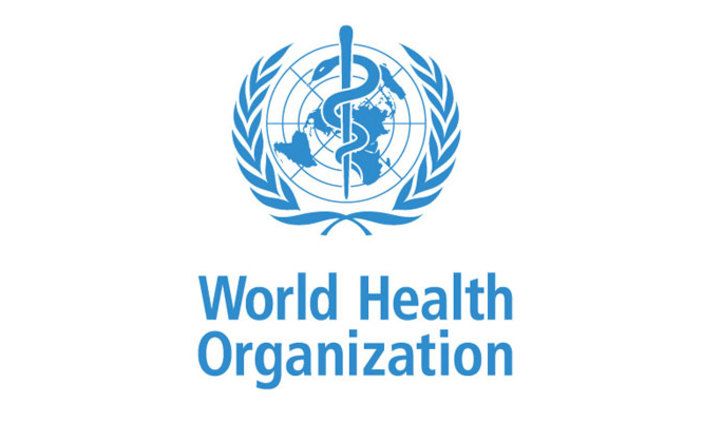WHO Provides Guidelines on HIV, Hepatitis and STIs in Key Populations
WHO guidelines on HIV, hepatitis and STIs focus on populations with high risk of infections but low inclusion in prevention and treatment programs.

The World Health Organization (WHO) recently published consolidated guidelines on HIV, hepatitis and sexually transmitted infections (STIs) that focus on5 "key" populations at high risk of infection, but with low inclusion in prevention and treatment programs. The guidelines were officially launched at the AIDS 2022 Conference in Montreal, Canada.
In a press release announcing their publication, Erika Castellanos, Director of Programs at GATE (Global Action for Trans Equality) and co-chair of the WHO Guidelines Development Group explained the focus on the 5 at-risk groups: men who have sex with men, trans and gender diverse persons, sex workers, those who inject drugs, and inmates in prisons and other closed settings.
"Key populations must be prioritized, in every setting and this means, as outlined in these new guidelines, planning to reach them first with prevention, testing and treatment as well as prioritizing key populations in funding programs," Castellanos said.
The policy brief accompanying the guidelines provides several reasons that the key populations in the response to HIV are also critical to achieving global elimination goals for viral hepatitis and STIs:
- structural barriers which limit access to HIV services also limit access to viral hepatitis and STI services
- the HIV risk behaviors are also risk behaviors for acquiring viral hepatitis and STIs
- many interventions recommended for HIV prevention can also reduce transmission of viral hepatitis and STIs
The consolidated guidelines are grouped under 4 categories: Enabling interventions; Health interventions; Broader health; and Supportive. Those that enable interventions largely focus on reducing structural barriers. The highlighted health interventions are those that have demonstrated direct impact on the infections in the key populations. Broader health issues than infection control are addressed. Supportive measures include such interventions as information and education, and creating demand for testing and treatment.
The newest of the guidelines, updated recommendations and good practice statements were developed using the Grading of Recommendations Assessment, Development and Evaluation (GRADE) methodology, including the following 4 recommendations and 2 good practice statements:
- Utilization of online services. The policy brief notes that online services should be part of a menu of interventions, and not replace in-person services.
- Utilization of peer navigators. Peer navigators are often highly valued in these populations, and are effective in facilitating access to, and retention in services.The guidelines specify that peer navigators should receive recognition, remuneration, and training.
- Increased HCV testing. It is recommended that persons at on-going risk and with a history of treatment-induced or spontaneous clearance of HCV infection be offered testing every 3 to 6 months for presence of HCV viremia.
- HCV treatment with DAAs. Pangenotypic direct acting antivirals (DAAs) should be started "without delay" for those with recently acquired HCV infection.
- Behavioral interventions should be provided, but less focused on changing specific risk behaviors than enabling engagement with multifaceted prevention programs. The guidelines indicate that counseling interventions, alone, have not been shown to change the incidence of infections, or of targeted behaviors such as condom use and needle sharing.
- Address "chemsex". Reducing this sexual activity involving (primarily) stimulant drugs and (often) multiple participants requires, according to the guidelines, comprehensive, non-judgmental, and person-centered approaches.
In her statement to the press, Meg Doherty, Director of WHO's Global HIV, Hepatitis and STI Programs, urged acceptance and implementation of the guidelines. "All countries should prioritize reaching these key populations and supporting key population communities to lead the response and provide equitable, accessible, and acceptable services to these groups," she said.
